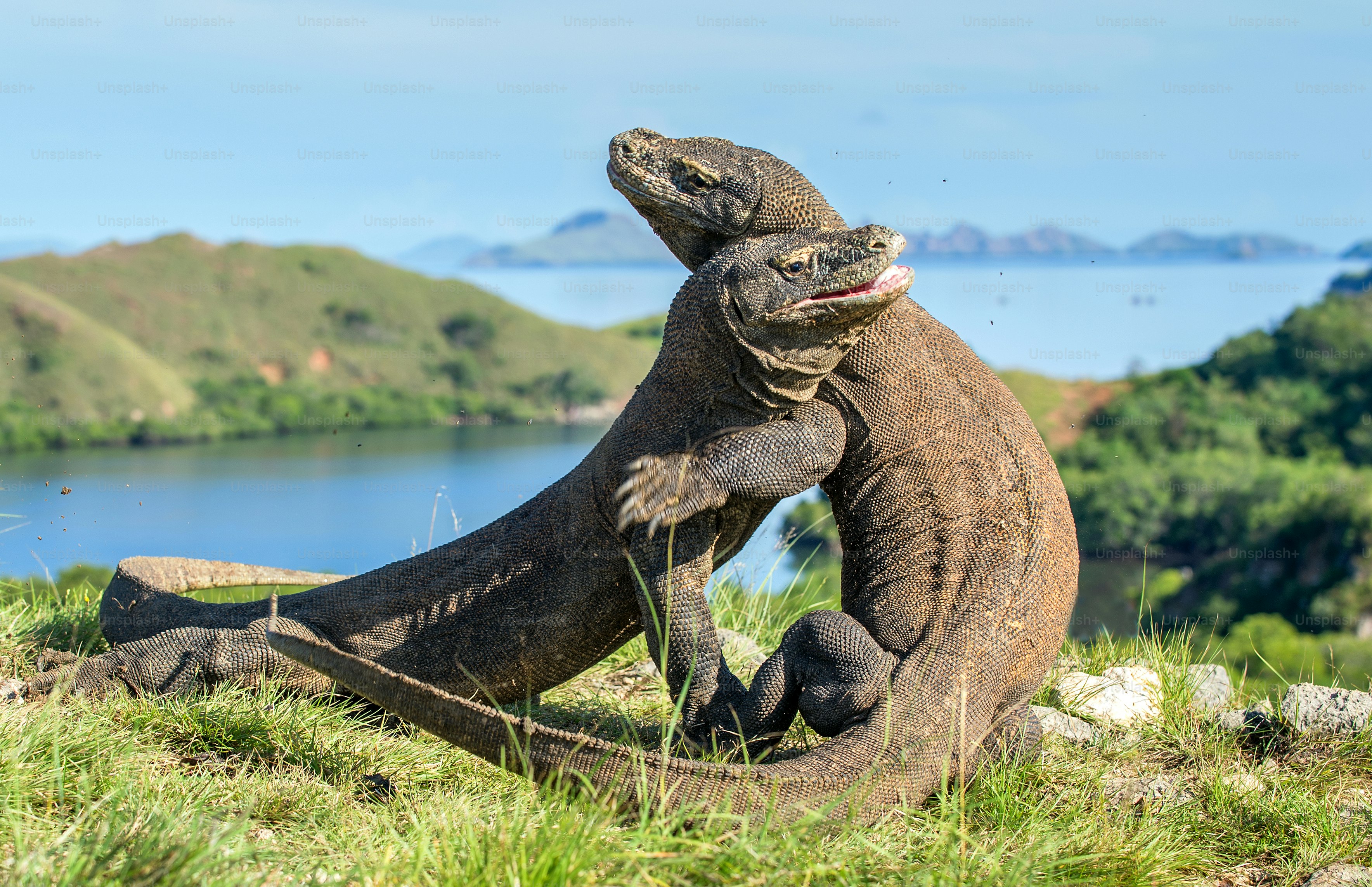Komodo dragons, the largest lizards on Earth, play a crucial role in their ecosystem as top predators. These fascinating creatures are native to the Indonesian islands of Komodo, Rinca, Flores, and Gili Motang. Despite their fearsome reputation, Komodo dragons are essential for maintaining the balance of their habitat. Let’s delve into the intricate role these apex predators play in their ecosystem.
The Apex Predator of Komodo
Komodo dragons are apex predators, meaning they are at the top of the food chain in their habitat. With their impressive size, powerful jaws, sharp teeth, and venomous bite, they have few natural predators. This position as the dominant predator allows them to regulate the populations of other species within their ecosystem.

Regulating Prey Populations
As apex predators, Komodo dragons help control the populations of prey species such as deer, wild boar, and water buffalo. By preying on these animals, they prevent overgrazing and help maintain the balance of plant communities. This, in turn, has a cascading effect on the entire ecosystem, ensuring the health and diversity of plant and animal species.

Scavengers and Ecosystem Engineers
In addition to hunting live prey, Komodo dragons are proficient scavengers. They feed on carrion left behind by other predators, further contributing to the recycling of nutrients in the ecosystem. Their feeding habits also help prevent the spread of disease by consuming carcasses that could otherwise harbor pathogens harmful to other wildlife.

Indirect Impact on Biodiversity
By influencing the populations of prey species, Komodo dragons indirectly impact the biodiversity of their ecosystem. Through their predation and scavenging activities, they shape the distribution and abundance of other species, contributing to the overall health and stability of the ecosystem.

Conservation Challenges
Despite their important role in the ecosystem, Komodo dragons face numerous conservation challenges. Habitat loss, poaching, and human-wildlife conflict threaten their populations. Conservation efforts are crucial to ensure the survival of these iconic reptiles and the preservation of their unique ecosystem.

Conclusion
In conclusion, Komodo dragons are not just formidable predators but also key players in their ecosystem. By regulating prey populations, recycling nutrients, and influencing biodiversity, they help maintain the delicate balance of their habitat. Conservation efforts must focus on protecting these fascinating creatures to ensure the long-term health and stability of the ecosystems they inhabit. Understanding and appreciating the role of Komodo dragons in their ecosystem is essential for the conservation of biodiversity and the preservation of these magnificent reptiles for future generations.
